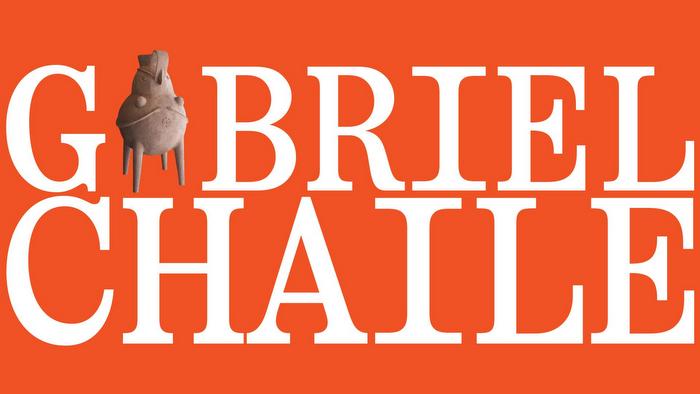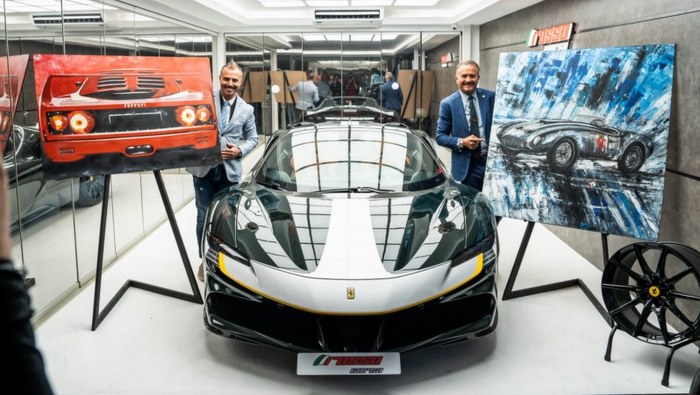Construyendo Tamayo, 1922-1937 (Building Tamayo), a show curated by Karen Cordero, has been exhibited at Tamayo. Contemporary Art since August 29 and can be visited through February 23, 2014; and explores some aspect of Rufino Tamayo’s artistic production during the 1920 and 1930 decades. The group of artworks allows viewers to observe and analyze the dialogue established between the artist’s work and different proposals of modern Mexican art in those years.
Within a period of time that historically corresponds to the post-revolutionary consolidation of Mexico, Tamayo’s work reveals interactions with several movements of local art that show a selective appropriation of certain aspects related to the European avant-gardism, within the context of Mexican culture. By means of the experimentation in different techniques like painting, drawing and wood engraving, the artist explores formal, conceptual and thematic strategies that represented original proposals of eloquent weight, with results that can be detected in his mature style and well-known artistic identity.
The five cores that make up the display articulate the links between Tamayo’s work and initiatives related to post-revolutionary artistic education, just like Best Maugard Method and Outdoor Painting Schools; his aesthetic proposals include the changes of objects and human bodies within Mexico’s visual and material culture after the 1920s and 1930s; also dealing with the use of painting as an analysis and critic vehicle in front of art and politics.
Likewise, the show sheds light on aesthetic dialogues established between Rufino Tamayo and: David Alfaro Siqueiros, Manuel Alvarez Bravo, Emilio Amero, Abraham Angel, Adolfo Best Maugard, Fernando Best Pontones, Fernando Castillo, Jesus Escobedo, Salvador Gutierrez, Maria Izquierdo, Agustin Lazo, Alfredo Lugo, Jose Clemente Orozco, Angel Rendon, Fernando Reyes, Manuel Rodriguez Lozano, Antonio Ruiz “El Corcito”, Fermin Revueltas and two anonymous artists.
Source: Tamayo Museum
Publicaciones relacionadas

Próximamente "Margaret Whyte - Tiempo de escuchar"
Noviembre 01, 2024


















